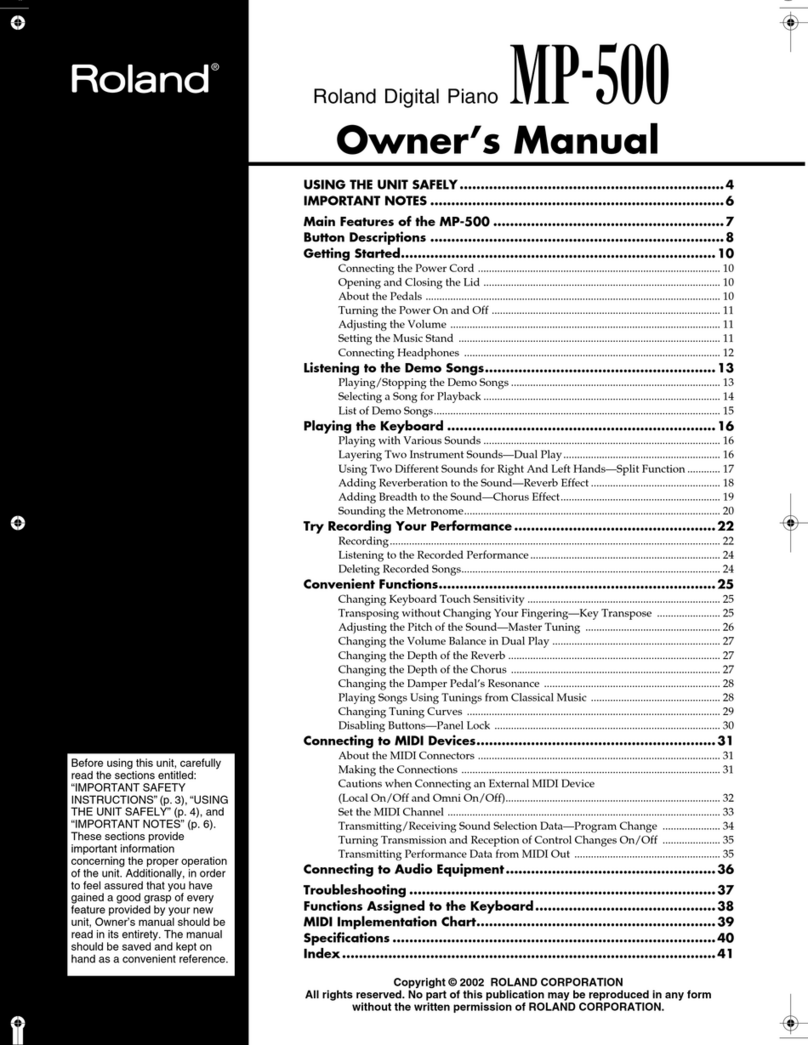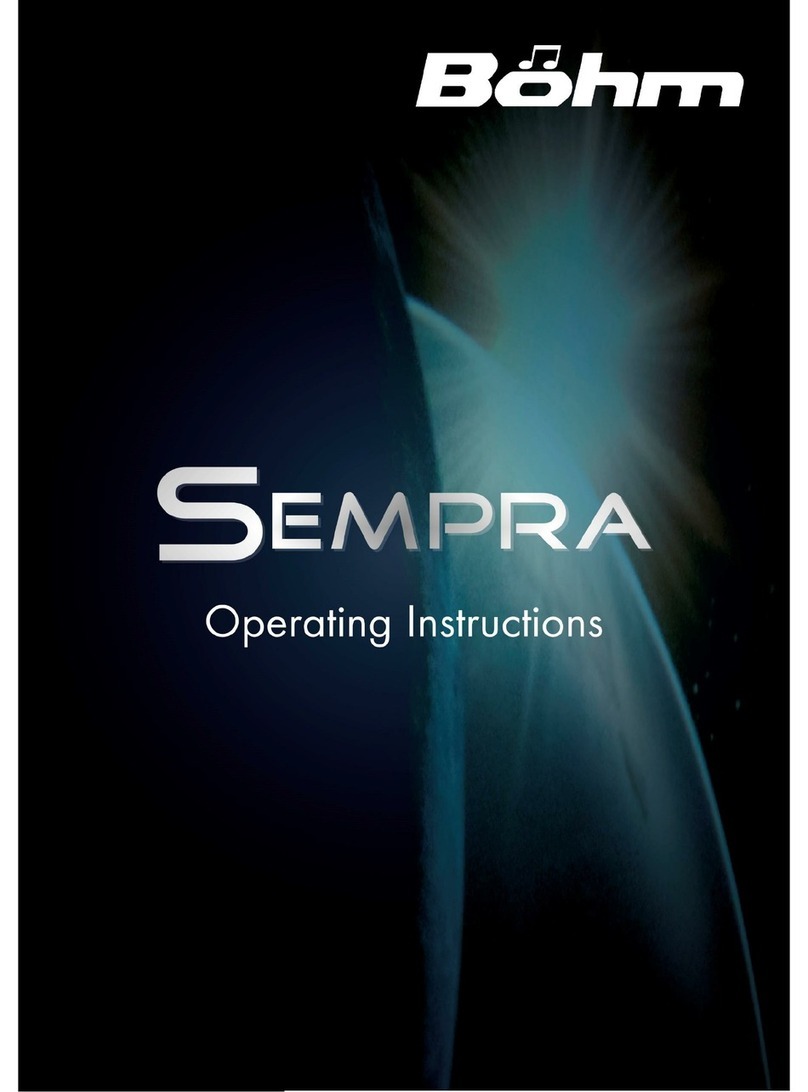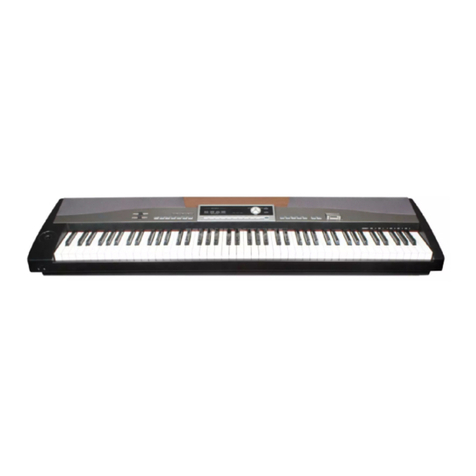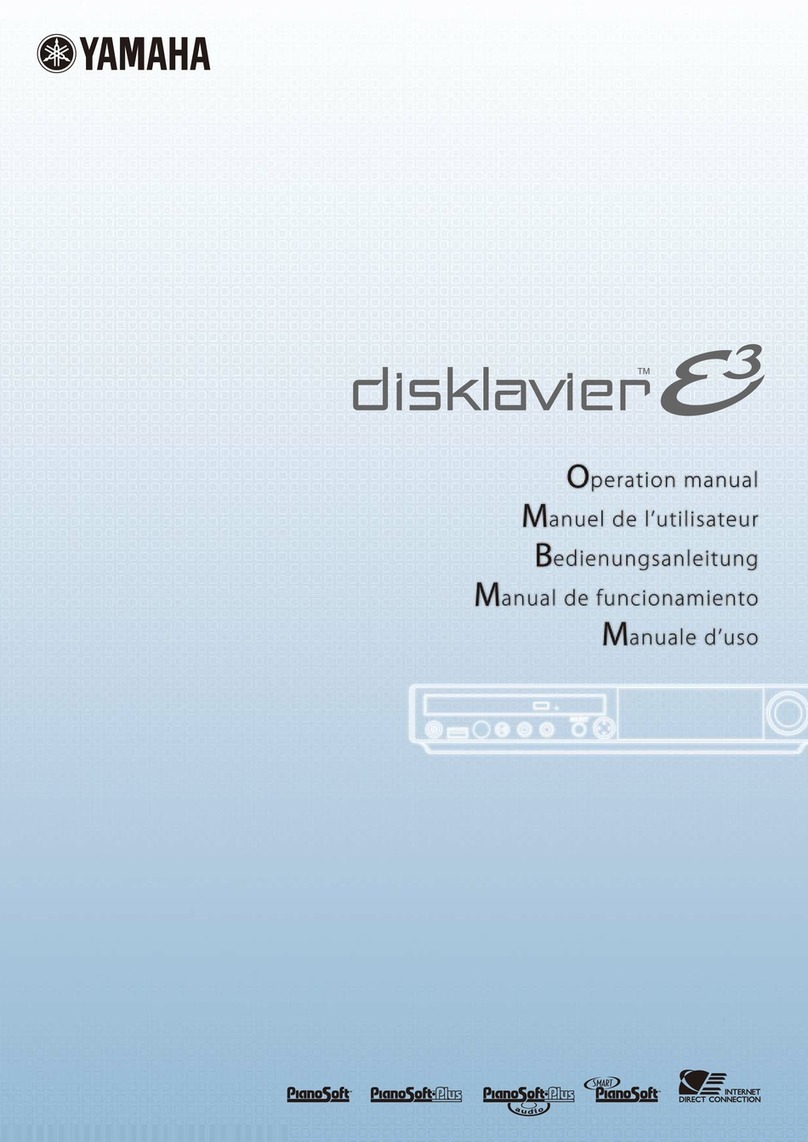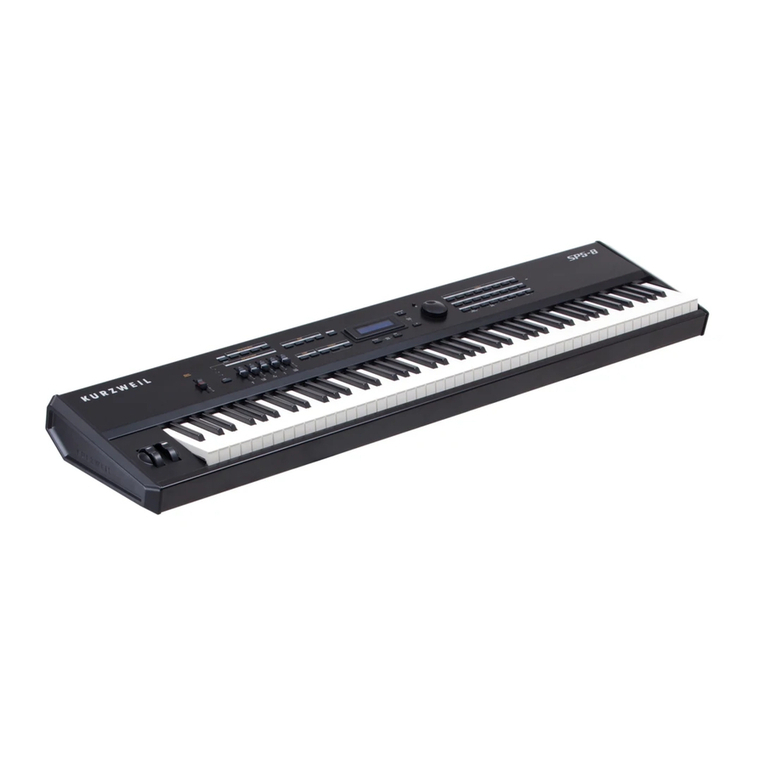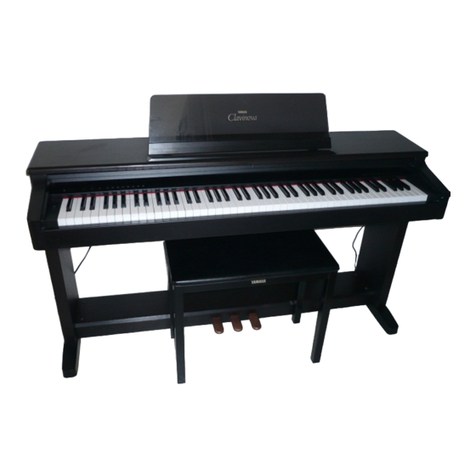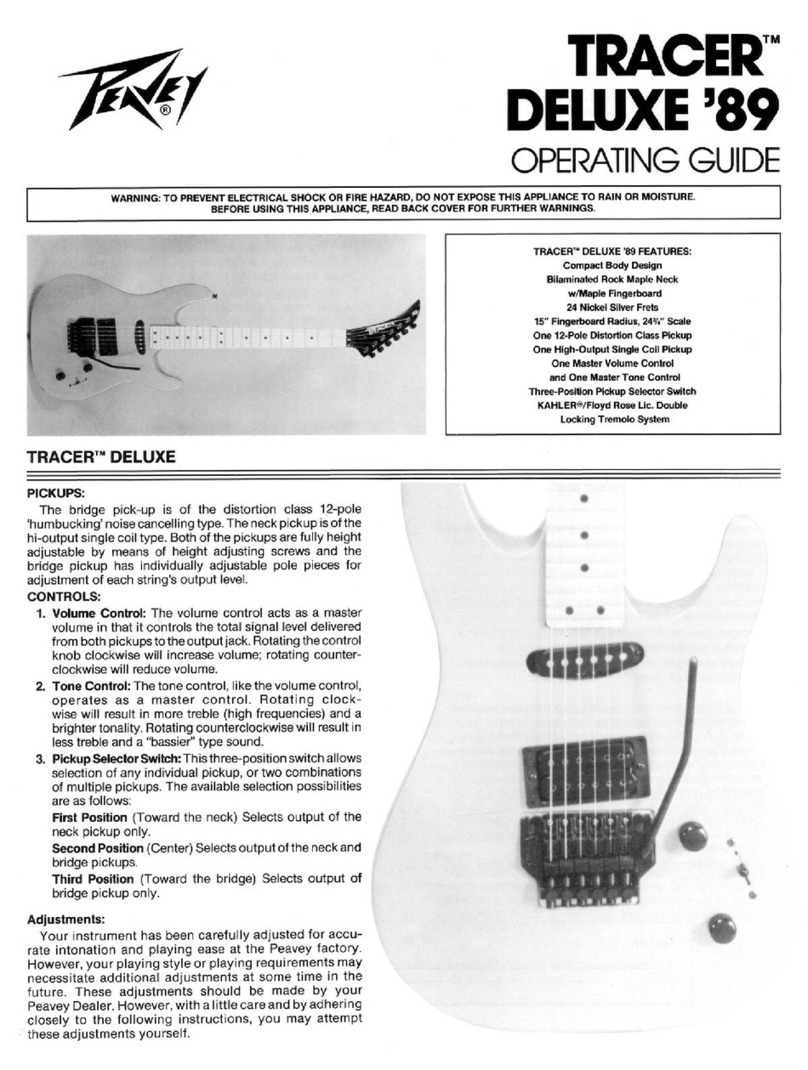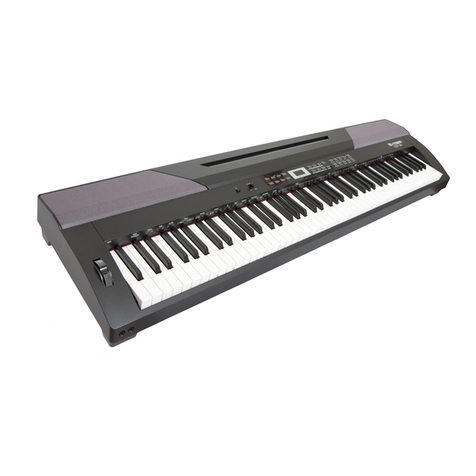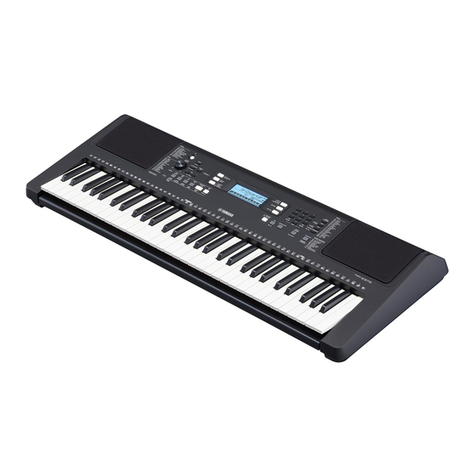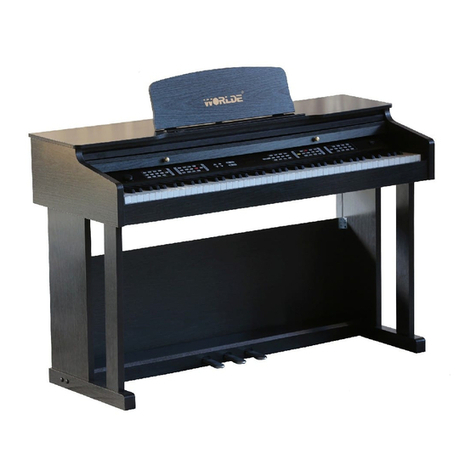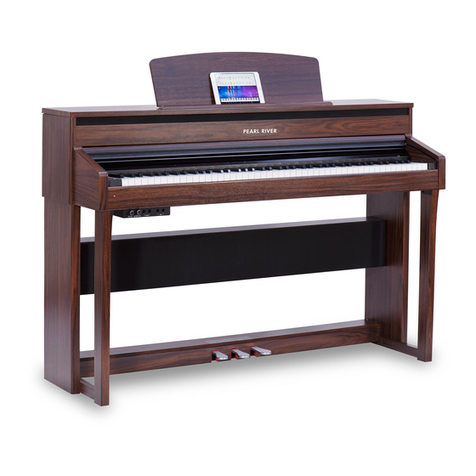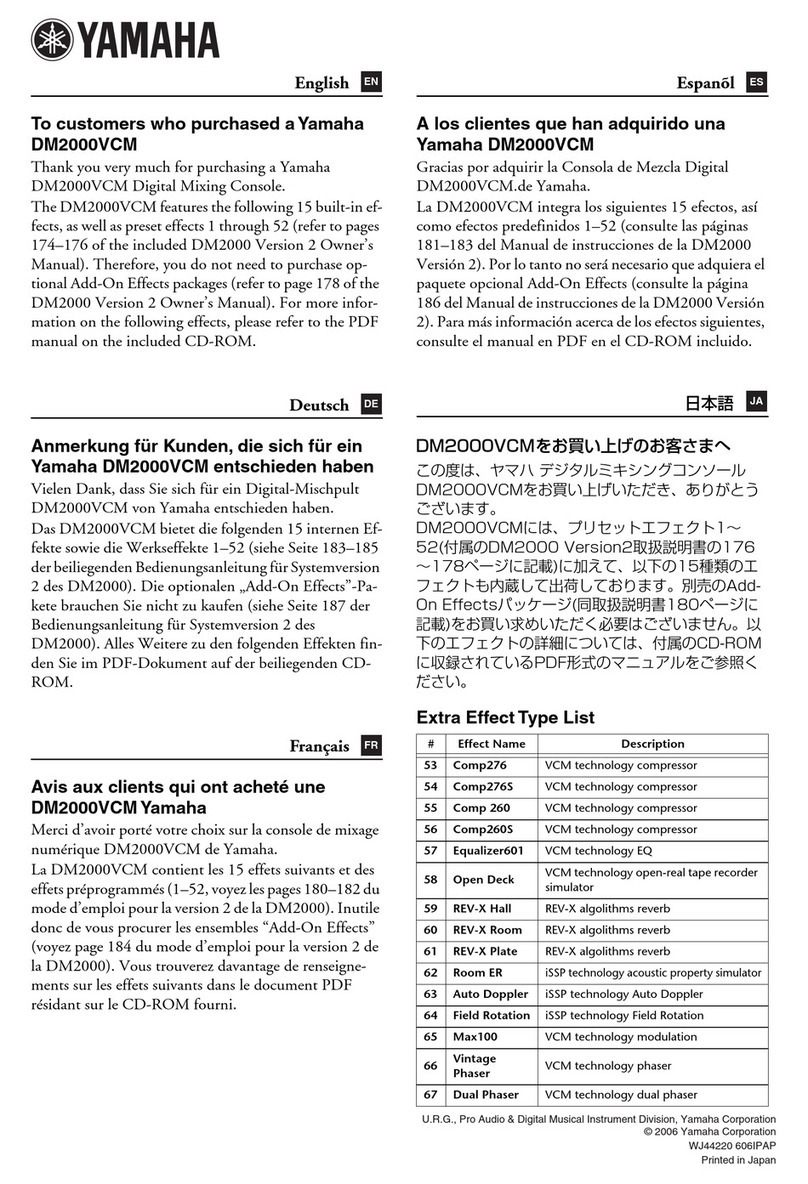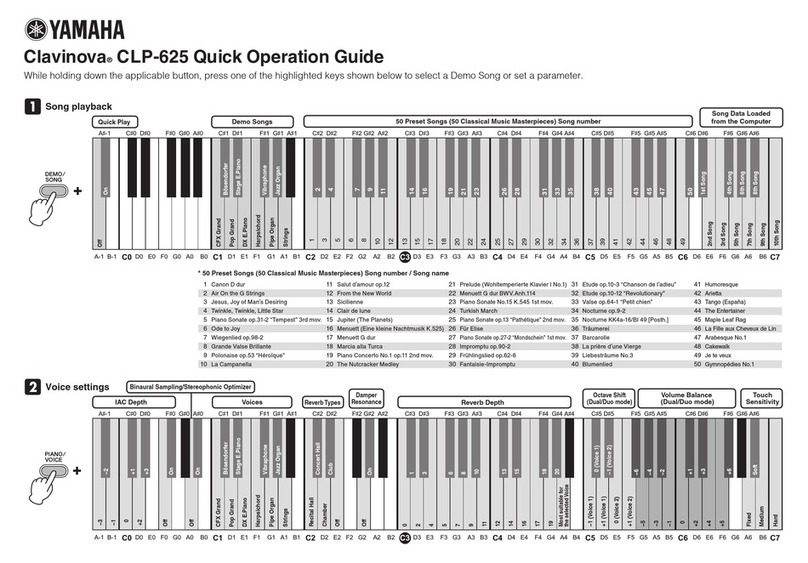Field 14" SNARE DRUM User manual

REFERENCE MANUAL
INTRODUCTION/QUICK SETUP 1.
CYMBAL/DRUM MOUNTING 2.
HI HAT MOUNTING 3.
HI HAT ASSEMBLY 4.
SETUP OVERVIEW 5.
CYMBAL SETUP/CONNECTIONS 6.
DRUMS SETUP/CONNECTIONS 7.
TRIGGER SETTINGS 8.
BASIC AUDIO CONNECTION 9.
TROUBLESHOOTING/FAQ 10.
FIELD Electronic Drums, LLC © 2014. All Rights Reserved.

QUICK SETUP
1. Setup necessary drum stands, cymbal stands, and pedals.
2. Place the drum or cymbal onto your stand or mount.
3. Insert a RIGHT ANGLE 1/4”TRS plug into the trigger output jack on the side of the drum
or underside of the cymbal.
4. Connect the other end of the cable to your drum module.
5. Turn on your sound module and use the default settings.
6. Plug headphones or speakers
7. Play!!! and Have Fun!!!
8. Depending on your playing style, you may need to change your sound modules
default settings to better respond to your playing style. Refer to your sound modules
owners manual for instructions on how to change your trigger settings. *Common
settings to adjust are: Sensitivity, Threshold, and Cross-Talk. See your drum modules
owners manual for more information.
INTRODUCTION
FIELD electronic cymbals and drums produce no sound themselves and require an exter-
nal sound module in order to produce sounds. FIELD electronic drums and cymbals can
be used to trigger unlimited MIDI instruments or devices by using a “Trigger to MIDI” inter-
face.
FIELD electronic drum and cymbal triggers are uniquely designed to be plug and play
compatible with the wide range of sound modules available on the market today that
recognize piezo triggers including sound modules made by manufacturers such as:
Roland™, Yamaha™, Alesis™, Pearl™, D-Drum™, and Nord™.
FIELD electronic drums and cymbals are designed to be used with standard pedals,
sticks, brushes, mallets, and mountable on any standard drum stands, cymbal stands,
drum racks, or mounting arms. FIELD cymbals should be mounted using standard
cymbal stands, mounts, and felt washers. FIELD drums come standard for use with L-Rod
mounts on stands and drum racks.
Cables are needed to connect FIELD electronic drums and cymbals to a sound module
or “Trigger to MIDI” interface. “Right angle” (1/4“) quarter inch TRS cables are recom-
mended.
NOTE: 10-inch Splash Cymbals and 16”China cymbals can only be connected using
”Right Angle” (1/4”) quarter inch TRS plugs due to the shape of the cymbals.
1

CYMBAL MOUNTING
FIELD electronic cymbals are designed to be mounted on any standard cymbal stand
or mounting arm. Typical cymbal stands come with a 6mm or 8mm threaded mounting
rod, felt washers, and a wing-nut.
Your FIELD cymbal should be mounted between two felt washers with the wing-nut
screwing on top.
DRUM MOUNTING
FIELD electronic drums are designed to be mounted on any standard 10-12mm L-Rod
mounting arm. Drum stands with L-Rod mounts are typical and readily available.
Your FIELD drums should be mounted securely with the wing-nut tightened to the L-Rod.
Snare drums are designed for use with standard snare drum stands.
L ROD DRUM MOUNTING
CYMBAL MOUNTING
2

MOUNTING HI-HAT
About Hi-Hat Cymbals
FIELD electronic hi-hat cymbals come in two models. FIELD hi-hats are uniquely designed
to be mounted on a wide variety of standard hi-hat stands with pedals or fixed mounting.
FIELD electronic hi-hat cymbals come fully assembled including a top and bottom
cymbal and a standard hi-hat clutch. Simply take your FIELD hi-hat out of the box, place
it on a standard hi-hat stand, and you are ready to plug it in and play.
Hi-Hat FIXED “foot controller is required”
The foot controller is responsible for the difference between “open” and “closed” hi-hat
sounds. Roland FD-7, FD-8 or Pintech HHC RYC Hi-Hat Stand Mounted Controller are
examples of compatible controllers. Many other brands and types of foot controllers are
also available.
Hi-Hat TRADITIONAL has a built in controller. The internal controller is responsible for the
difference between “open” and “closed” hi-hat sounds. The hi-hat needs to be mount-
ed on a standard hi-hat stand that uses a standard hi-hat clutch or standard drop clutch
for double bass players. Super clutches with a set screw lock are not needed and should
not be used due to FIELD’s unique internal controller configuration.
MOUNTING:
To mount the hi-hat, slide the top and bottom hi-hat cymbals along with the clutch
over the hi-hat stand mounting post. Raise the top hi-hat cymbal up until it stops and
then tighten the wing-nut to the hi-hat post as you would any standard hi-hat.
CONNECTION:
Plug in the hi hat and foot control jacks to the corresponding inputs.
Connect the HH CTRL input from the sound module to the HH CTRL output of the Hi-Hat.
Connect the Hi Hat input from the sound module to the Hi Hat output of the Hi-Hat.
STRIKING AREA:
The intended striking area of the hi-hat cymbal is located on the opposite side of the
FIELD logo as shown below. Position the hi-hat so that the FIELD logo is located directly
across from where you are striking the hi-hat for optimal triggering response
Follow your sound module’s instruction manual for any further setup or calibration need
for optimal playing.
ZONE 1
ZONE 2
STRIKING AREA
3

HI-HAT ASSEMBLY
ASSEMBLY:
Your FIELD hi-hat comes pre-assembled, no need for assembly. However if you choose to
disassemble and reassemble the hi hat or remove an re- install the hi hat clutch simply
losen the clutch wing nut and screw/unscrew clutch from hi hat controller. Be sure to use
the included felt spacers between internal controller and inside top hi hat bell.
1. Use a STANDARD style clutch and tighten top threaded nuts as far to the top of
clutch head as possible. Use included felt spacers for proper closed position
adjustment. (see fig A)
2. Screw clutch into internal threaded controller as shown. Connect top and bottom
cymbals via TRS phono jack. Make sure wires do not interfere with clutch and plunger.
(see fig B)
3. Top and Bottom Hi Hat should fully touch. Internal felt washers should be in contact
with inside top of hi hat bell and top of internal controller to achieve a closed sound
from you sound module. (see fig C)
Position the (FIELD Logo) so that it is facing away from the player for optimal triggering
response.
Use a STANDARD style
clutch and tighten top
threaded nuts as far to the
top of clutch head as possible
Use included felt spacers
for proper closed position
adjustment
(fig A)
Screw clutch into internal threaded
controller as shown.
Make sure to use the included felt spacers
for proper HH control closed position.
Connect top and bottom cymbals via
TRS phono jack. Make sure wires do
not interfere with clutch and plunger.
(fig B)
Insert wires from sound module to appropriate Hi-Hat outputs to the bottom of Hi-Hat
HH OUTPUTHH CONTROL OUTPUT
Fully assembled view Top and Bottom Hi Hat should fully touch.
Internal felt washers should be in contact with inside
top of hi hat bell and top of internal controller to
achieve a closed sound from you sound module.
(fig C)
USE STANDARD STYLE CLUTCH
DO NOT USE THIS STYLE CLUTCH
WITH A SET SCREW
4

SETUP OVERVIEW
There are many factors that will affect the playability and triggering response on a wide
variety of sound modules.
The main factors in determining how well your electronic drums and cymbals play and
respond are matching the SENSITIVITY (GAIN) and VELOCITY CURVES to your playing style.
You may find that you need to make no adjustments at all unless you are a significantly
hard or soft player. Switching from drumsticks to brushes to mallets may also require
some minor adjustments. The following information is a starting point for setting your
module for use with FIELD electronic drums and cymbals.
Start with the default recommended trigger input settings and then adjust your module’s
settings to best match your needs. If you are a heavy hitter and use heavy sticks, you will
most likely need to set the GAIN/SENSITIVITY lower so that you can achieve full dynamic
range (most variation between soft and loud sounds). When setting GAIN/SENSITIVITY
parameters, the meter on your sound module that shows you how hard you are hitting
the device should barely peak out when you are striking the device as hard as you will
ever play it.
We recommend starting with a LINEAR CURVE. This means that the velocity at which you
strike the trigger device directly correlates to the output on a MIDI scale.
STRIKING AREA:
The intended striking area of cymbals and drums are shown below.
ZONE 1
ZONE 2
STRIKING AREA
• DUAL ZONE
CYMBAL
and
HI-HAT
STRIKING AREA
• THREE ZONE
CYMBAL
ZONE 1
HEAD
ZONE 2
HOOP
STRIKING AREA
• DUAL ZONE
DRUM
ZONE 1
ZONE 2
ZONE 3
5

CYMBAL SETUP/CONNECTIONS
CONNECTIONS and SETTINGS
2 ZONE CRASH or RIDE CYMBAL
1. Connect one TRS Stereo cable from the OUTPUT jack to the CYMBAL or AUX input on
your sound module.
(OUTPUT) = TIP = BOW SOUND / RING = EDGE SOUND (or BELL SOUND if using a RIDE)
3 ZONE RIDE CYMBAL
1. Turn off 3-way triggering “if applies to your sound module”
2. Connect one TRS Stereo cable from the BOW/EDGE OUTPUT jack to the RIDE or AUX
input on your sound module. Assign the bow and edge sound you like to each zone.
See your owners manual for further details.
3. Connect another TRS Stereo cable from the BELL OUTPUT jack to the EDGE or AUX input
on your sound module. Assign the bell sound sound you like to the zone.
See your owners manual for further details.
(BOW/EDGE OUTPUT) = TIP = BOW SOUND / RING = EDGE SOUND
(BELL OUTPUT) = TIP =BELL SOUND
NOTE:
If you wish to separate the output on the cymbal for two separate inputs on the sound
module, you must use a Ring to Tip Y adapter. The Y adapter is useful for using separate
sound module inputs on one cymbal. This is used for further zone isolation and sound
options.
TRS Stereo Jack (OUTPUT)
TIP RING SLEEVE
BOW
SOUND
EDGE
SOUND
TRS Stereo Jack (BOW OUTPUT)
TIP RING SLEEVE
BOW
SOUND
EDGE
SOUND
TRS Stereo Jack (BELL OUTPUT)
TIP RING SLEEVE
BELL
SOUND
6

DRUMS SETUP/CONNECTIONS
CONNECTIONS and SETTINGS
2 ZONE DRUMS
1. Connect one TRS Stereo cable from the OUTPUT jack to the DRUM or AUX input on
your sound module.
(OUTPUT) = TIP = HEAD SOUND / RING = RIM SOUND
NOTE:
If you wish to separate the output on the drums for two separate inputs on the sound
module, you must use a Ring to Tip Y adapter. The Y adapter is useful for using separate
sound module inputs on one drum. This is used for further zone isolation and sound
options.
TRS Stereo Jack (OUTPUT)
TIP RING SLEEVE
BOW
SOUND
EDGE
SOUND
7

PRODUCT
ADVANCED SETTINGS
TRIGGER
TYPE
SENSITIVITY THRESHOLD CURV XTALK MOUNT SCAN
TIME
RTRG
CANC
MASK
TIME
RIM
GAIN
RIMSHOT
ADJUST
XSTICK
THRSHLD
3 WAY
TRIGGER
FIELD 14” SNARE DRUM *PD125/PAD2 7 2 LINEAR 10 SEP 2.0 2 6 1 3.0 *90 NA
FIELD 10” TOM *PD105 7 2 LINEAR 5 SEP 2.0 9 10 1 3.0 NA NA
FIELD 12” TOM *PD105 7 2 LINEAR 60 SEP 2.0 2 6 1 3.0 NA NA
FIELD 14” TOM *PD105 7 2 LINEAR 60 SEP 2.0 2 6 1 3.0 NA NA
FIELD KICK DRUM KD120 7 10 LINEAR 60 SEP 2.0 2 6 1 3.0 NA NA
FIELD 10" SPLASH CY8 12 2 LINEAR 30 CYM 2.0 6 10 1.1 NA NA NA
FIELD 14" CRASH CY8 12 2 LINEAR 30 CYM 2.0 6 10 1.1 NA NA NA
FIELD 16" CRASH CY8 12 2 LINEAR 30 CYM 2.0 6 10 1.1 NA NA NA
FIELD 16" CHINA
FIELD 18" CRASH
CY8 12 2
CY8 12 2
LINEAR 30 CYM 2.0 6 10 1.1 NA NA NA
LINEAR 30 CYM 2.0 6 10 1.1 NA NA NA
FIELD 18" RIDE (dual and three zone) CY15R 12 LINEAR 30 CYM 1.6 3 10 3.2 NA NA OFF
FIELD 20" RIDE (dual and three zone) CY15R 12 bow 2/bell10
bow 2/bell10
LINEAR 30 CYM 1.6 3 10 3.2 NA NA OFF
14" HH (Fixed Mount) VH11 12 2 LINEAR 40 CYM 1.6 3 4 0.8 NA NA NA
14" HH VH12/VH13 12 2 LINEAR 40 CYM 1.6 3 4 0.8 NA NA NA
YAMAHA Sound Module
ROLAND Sound Module
Type Sens Thold Curve Scan ReTrg Can. Mask Xtalk
Bow/Head P12 8-10 2 Linear 2.0 6 8 40
P12 8-10 2 Linear 2.0 6 8 40
Bell
*NOTE: Using Pad 2, PD-128, PD-125 or PD-120 Trigger Type will also work for Drums. Use Pad 2 for Td-30
ALESIS Trigger i/o Sound Module
Type Sens Thold Curve Scan ReTrg Can. Mask Xtalk
Bow/Head PP 8-10 2 Linear 2.0 6 8 40
PP 8-10 2 Linear 2.0 6 8 40
Bell
NOTE: Make sure the trigger type “PP Piezo” is selected on both Tip
and Ring for Dual Zone triggers. Make sure that your trigger’s
“Trigger Type” is configured correctly before editing or using it. If the
Trigger Type is configured incorrectly, your trigger may not function.
3 Zone Ride Cymbal with Choke “trigger type”
1. Connect the ride to the Alesis Trigger iO by connecting BOW/EDGE cymbal output
to Ride Input, (set to type “PS.”) 2. Connect BELL cymbal output to Aux input (set to
type “PS.”) Tip is Piezo and Ring is Switch.
NOTE: In PS trigger type mode the edge sound will not function.
NOTE: PP means Piezo to Piezo. PS means Piezo to Switch. See your sound module owners manual for more details.
NOTE: If the Trigger type setting listed do not give the desired results, simply switch trigger type and adjust setings to your liking.
NOTE: Some modules input jacks do not accept dual zone triggers. Using a Y splitter to attach between the trigger and two separate inputs of the
sound module can be used to achieve dual zone. The Y splitter must connect the Tip and the Rim from the trigger then split to two separate Tips.
For further information or questions please see the FAQ section on the web at www.fieldelectronicdrums.com
DRUMS SETUP/CONNECTIONS
8

BASIC CONNECTION SETUP
BASIC AUDIO CONNECTION SETUP
• Connect your TRS cables from your Electronic drum set to your sound module.
• Connect your sound module to your headphones or PA Speaker system using
high quality 1/4 Phono Jacks.
• Adjust your volume accordingly.
ELECTRONIC DRUMS and CYMBALS SOUND MODULE HEADPHONES or SPEAKERS
9

FREQUENTLY ASKED QUESTIONS
PLEASE GO TO: www.fieldelectronicdrums.com/support/faq
SETUP FAQ’S
I just got my order in the mail, now what?
Take it out of the boxes, set your drums and cymbals up to your liking, plug in all the
cables, power on your drum module, turn on your speakers or put on your headphones,
and you should be ready to play! See your drum module owners manual to further cus-
tomize your settings to suit your playing style.
How do I adjust the settings of my drums and cymbals?
FIELD Electronic Drums and Cymbals are compatible with virtually any drum modules and
are made to “plug and play.” If you need to further customize your settings to suit your
playing style you can simply refer to the owners manual for which ever drum module you
are using.
10
This manual suits for next models
7
Table of contents
